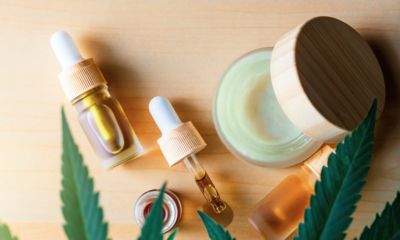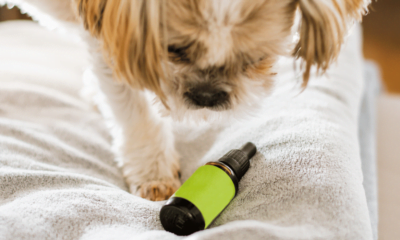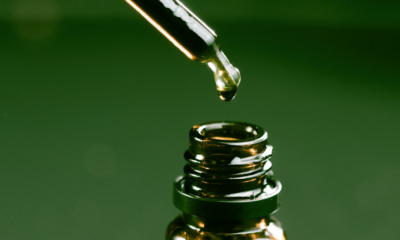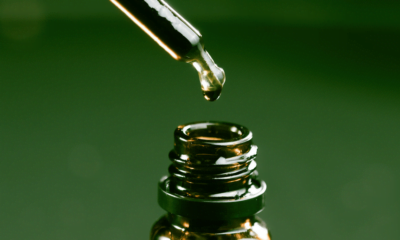Both CBD and turmeric are thought to have great benefits for inflammation and ridding the body of toxins. They are now being combined as food, capsules, oil and coffees. But how does it work?
Turmeric
Turmeric is the spice that gives curries a vibrant yellow colour. It comes from the root of a plant called Curcuma longa. For centuries the compound curcumin contained in turmeric has been used in Indian medicine as an anti-oxidant. It also may have potential anti-inflammatory properties. This makes it perfect for helping to boost the similar properties that are associated with CBD.
There have been a few recent reviews and trials on turmeric for knee pain and arthritis.
A review from this year on turmeric for anti-inflammatory has revealed it may help with osteoarthritis (OA). The researchers concluded that over the ten studies examined when compared with a placebo, there appears to be a benefit of turmeric on knee OA pain and function.
In a small study from 2020 on 70 patients diagnosed with knee arthritis, it was discovered that those taking turmeric reported less knee pain.
CBD has also shown potential for soothing arthritic pain. In one study, researchers treated arthritic rats with a topical form of CBD. The rats showed a difference in inflammation levels and their condition was less developed.
It is unknown how CBD and turmeric combine. As they have main similar properties, it could be beneficial to combine both for certain conditions such as osteoarthritis.
Absorption issues
One difficulty with taking turmeric is that it is incredibly hard to absorb due to its hydrophobic nature. This causes the molecules to stick together when they come into contact with water in the body. It is thought that adding pepper to turmeric will increase the absorption rate by 2000 percent.
Both CBD and turmeric have low bioavailability making it difficult to absorb them easily. However, they are both lipophilic which means adding fat can help them absorb better.
Read more: CBDV and THCV study reveal they may be helpful with weight loss

How to take CBD and turmeric
Oils
This is why CBD and turmeric as supplements come with an oil base. Different companies use different bases including rapeseed, hemp or flaxseed oil. Taking these compounds suspended in an oil automatically makes them more easily absorbed. The oil can be popped under the tongue for a few minutes before being swallowed.
Food and drink
Taking CBD and turmeric in food may be less effective than oil. Turmeric is often added to coffee as a latte which CBD can be dropped into. The lower level of fat in the drink, or in certain foods can make it unreliable for absorption but very tasty. Another problem is that the food has to travel through the digestive system first before any of the CBD or turmeric can be absorbed. Digestive acids and enzymes destroy some of the CBD before it can be absorbed. The small amount that gets through the intestinal wall will then be metabolised by the liver before it reaches the rest of the body.
Capsules
Unfortunately, capsules are also subject to being passed through the digestive system. This could give a slower effect in comparison to the oil which is absorbed through the oral mucous membranes much faster.
Learn more: whats the difference between hemp seed oil and CBD?
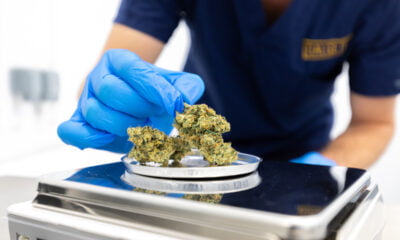
 Industry6 months ago
Industry6 months ago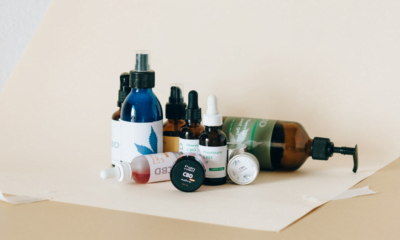
 News6 months ago
News6 months ago
 News5 months ago
News5 months ago
 News6 months ago
News6 months ago
 Science4 months ago
Science4 months ago
 Industry5 months ago
Industry5 months ago
 News5 months ago
News5 months ago
 Patients6 months ago
Patients6 months ago



